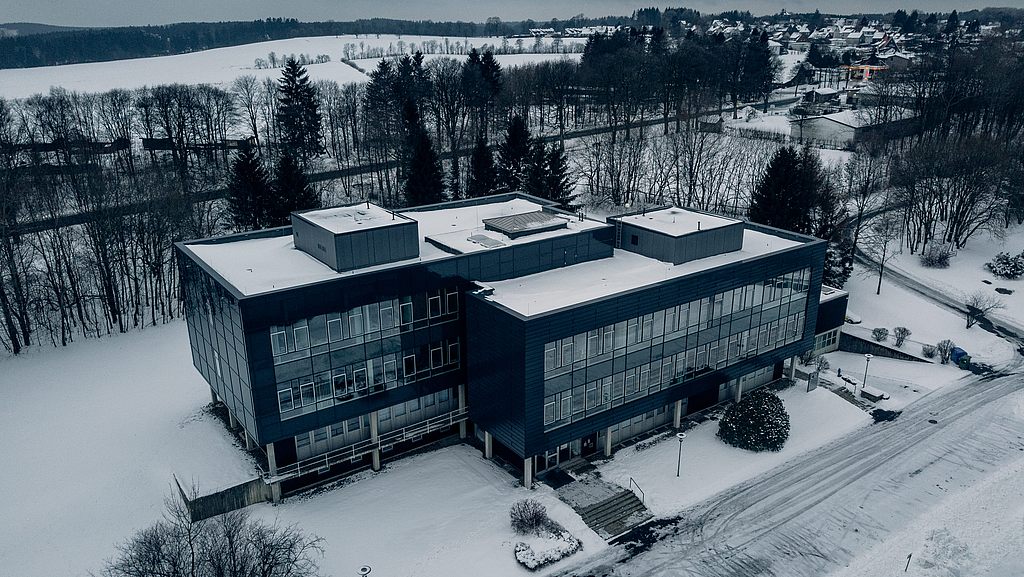Nikita Maslov hat seine Masterarbeit an der TU Clausthal erfolgreich abgeschlossen. Das Thema seiner Arbeit lautet: “Enhancing Reliability for Traffic Sign Detection by Increasing Redundancy“.
Abstrakt:
Safety is a core property of autonomous vehicles and a core driver for the legal permission and social acceptance of autonomous vehicles. One of the key tasks, which determine the overall safety of an autonomous vehicle, is traffic sign detection.
Multiple approaches for traffic sign detection have been realized over the last decades. Currently AI vison-based techniques are leading the field, while other, functionally independent, algorithmic approaches are left behind.
Historically safety critical systems have been realized through the usage of multiple redundant, functionally and/or hardware independent components, which can individually solve the safety critical task and keep the system running even in the case of one or more components failure.
To realize the task of traffic sign detection in this way a lot of redundant sensors and cameras would be needed, which drastically increases the costs of such a system. The approach presented in this thesis tries to circumvent this problem by providing an functionally independent detection path
which is based on the images captured by the cameras already in use.
Adversarial neural network research has shown, that even architecturally different neural networks can fail under the same conditions. For this reason, the independent path presented in this thesis does not use neural networks for the detection but reduces their role to enhancing certain features of
traffic signs to enable an classical object detection algorithm to detect the signs. Due to being very mature and well proven we selected the barcode algorithm for the detection part. To realize the feature enhancement goal, this thesis uses different image-to-image translation frameworks to draw a second border around stop signs, which can trigger the barcode algorithm. The frameworks used are pix2pix and Cycle Gan. The frameworks showed some weaknesses during the experiments of the thesis. To address these issues and to adequately solve the enhancement task, a third, image segmentation-based approach was derived from the results and applied to the feature enhancement problem.
The outcome is a working setup that draws second borders around stop signs, which trigger the barcode detection algorithm. In addition, an adjusted version of the barcode algorithm, which performs the detection based on the enhanced images, is presented to prove that the concept is operational.

